
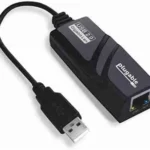
Description
A USB to RS-232 cable, also known as a USB-to-serial adapter or converter, is a protocol converter that allows modern computers with only Universal Serial Bus (USB) ports to communicate with devices that use the older RS-232 (or serial) communication standard.
Primary Purpose and Function
The main function of this adapter is to bridge the communication gap between new computers and legacy or specialized serial equipment.
Conversion: The adapter contains a chipset (like FTDI or Prolific) that converts the USB data signals into the voltage levels and data format required by the RS-232 standard, and vice-versa.
Virtual COM Port: When the necessary software driver is installed on the computer (Windows, macOS, or Linux), the adapter typically creates a virtual COM port. This allows software programs to communicate with the RS-232 device as if the computer had a native, built-in serial port.
Common Uses
Many types of equipment, particularly in industrial, laboratory, and commercial settings, still rely on the simple and reliable RS-232 serial protocol. Uses for the USB to RS-232 cable include:
Connecting Legacy Peripherals: Linking older serial devices like modems, older printers, scanners, and PDAs to modern computers and laptops.
Industrial Equipment: Interfacing with specialized industrial control devices, CNC machines, network switches, routers, barcode readers, and data acquisition sensors for configuration and control.
Scientific and Lab Instruments: Connecting to laboratory equipment, GPS receivers, and surveying instruments.
Hobbyist and Electronic Projects: Communicating with microcontrollers and embedded systems.
Point-of-Sale (POS) Systems: Connecting devices such as receipt printers, scales, and cash drawers.

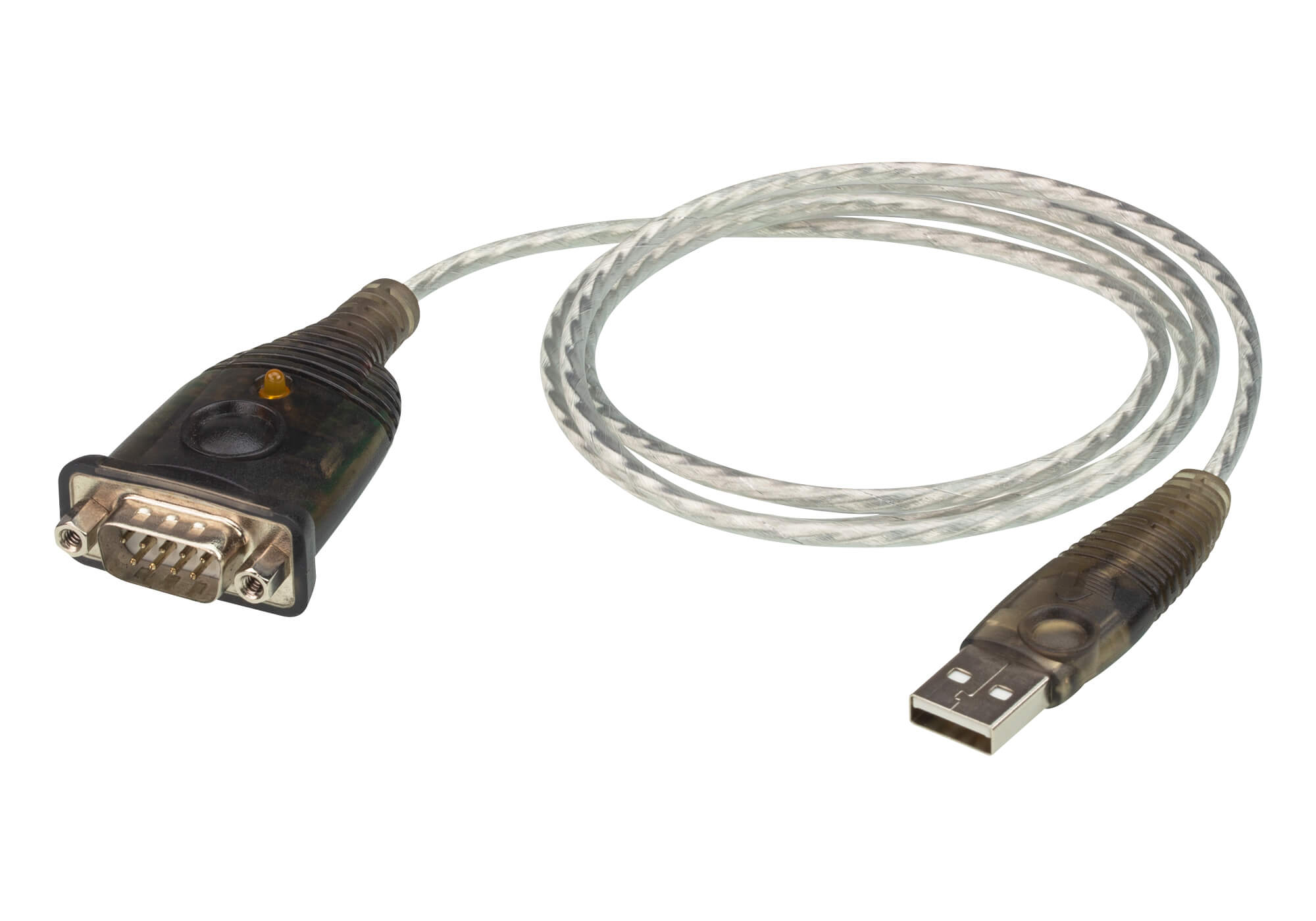

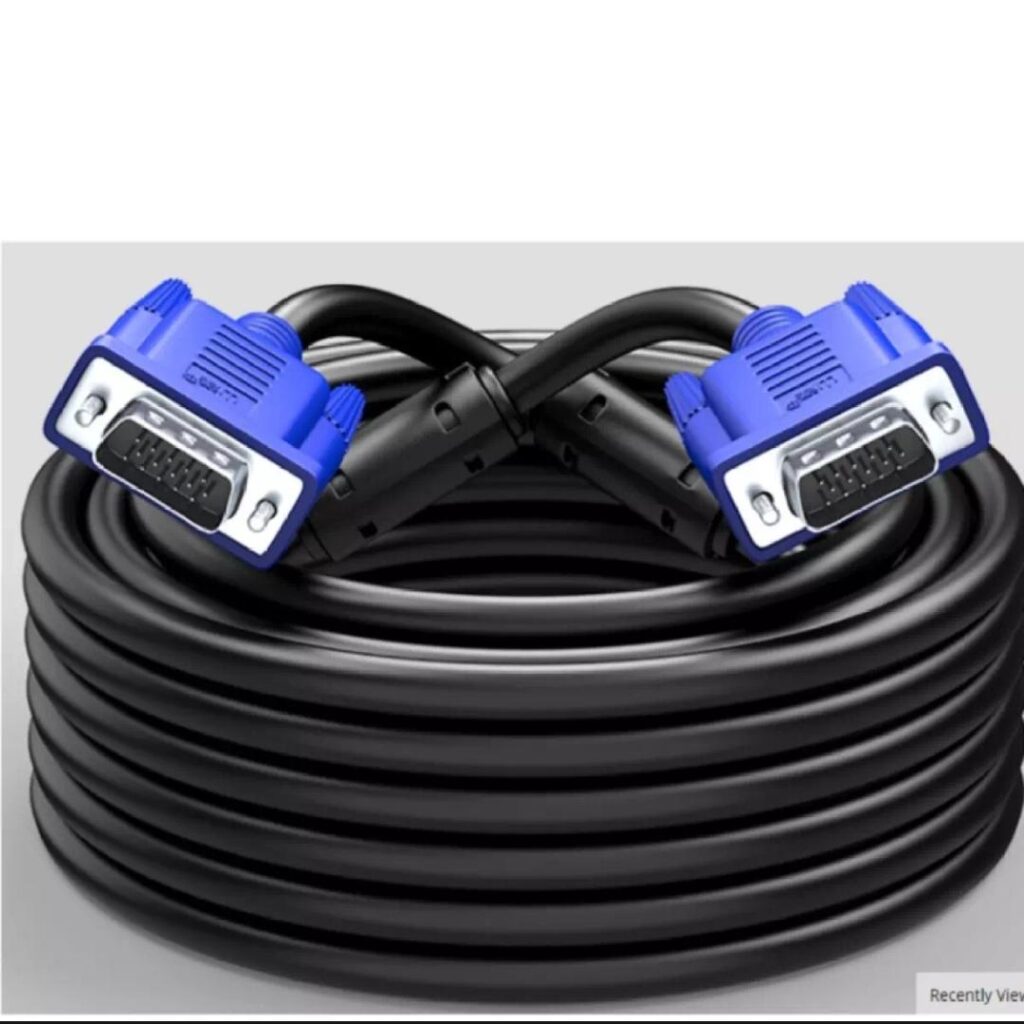
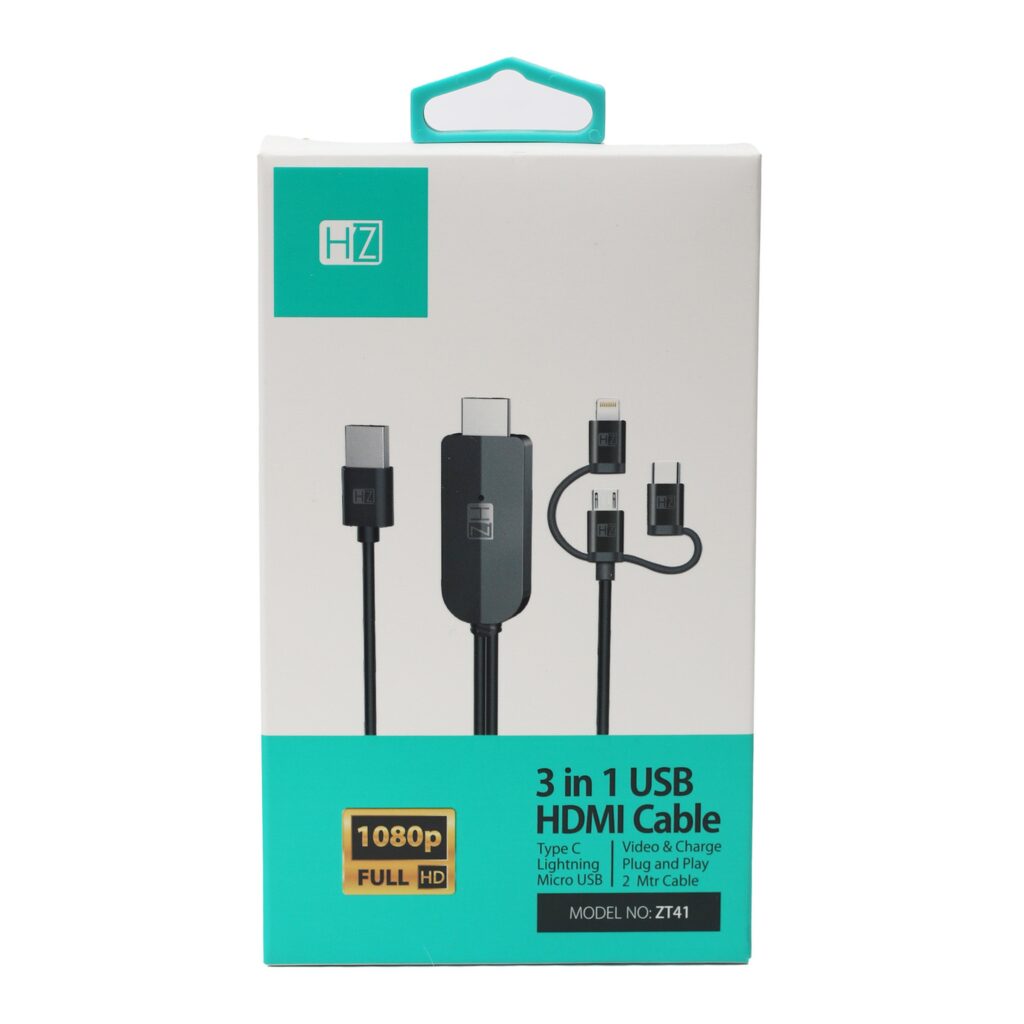
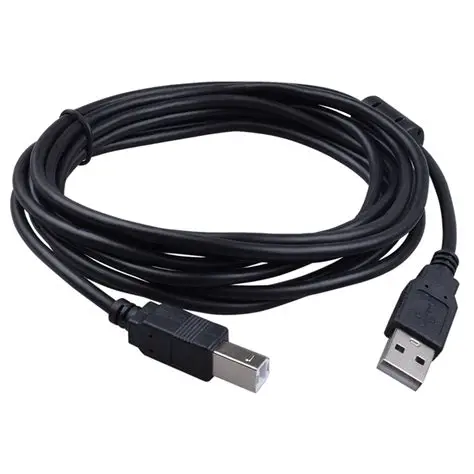
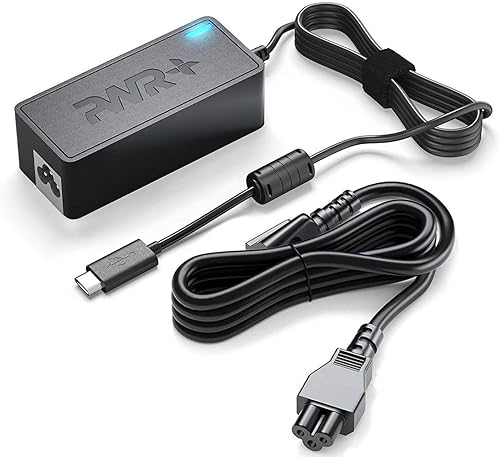
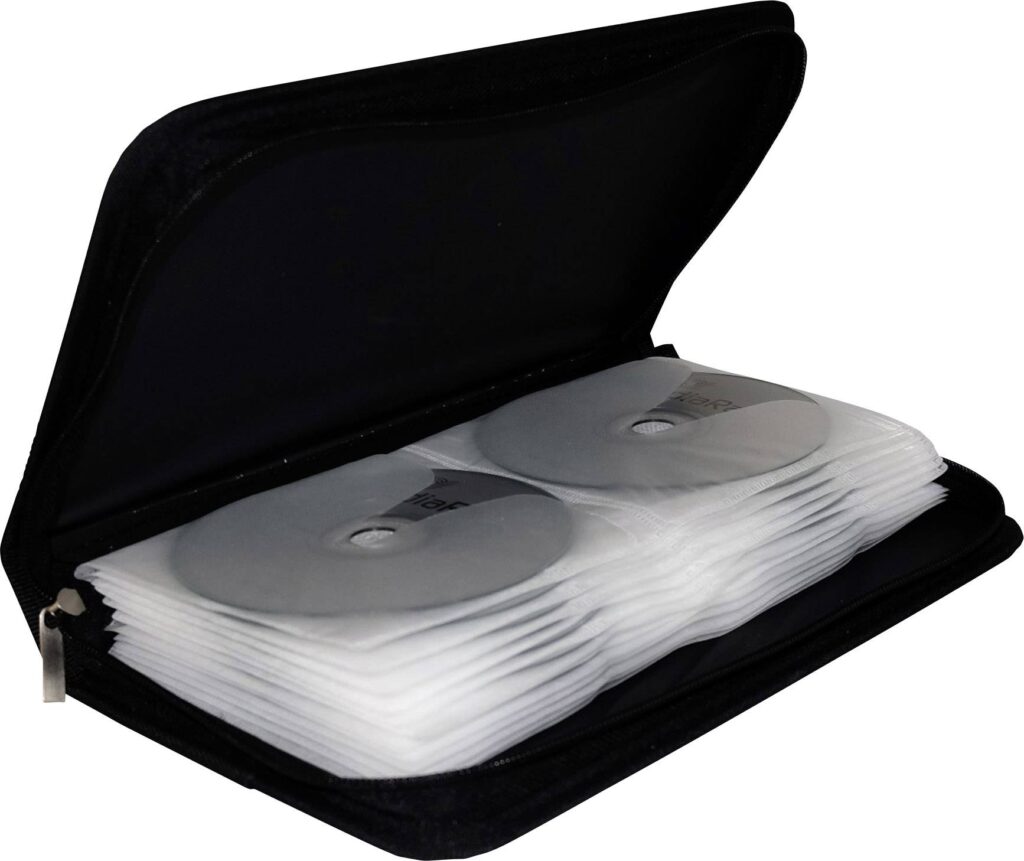
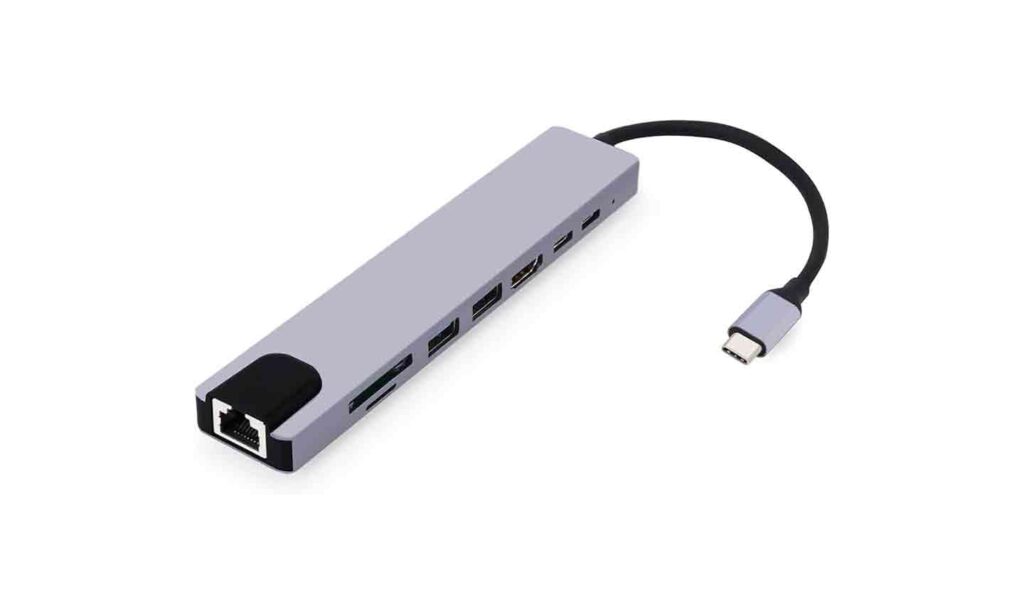
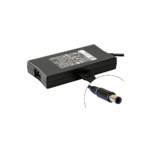
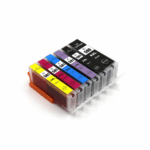
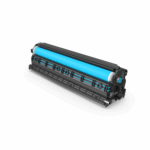
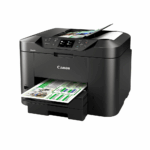
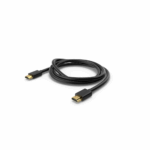
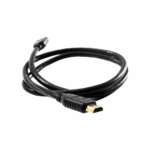
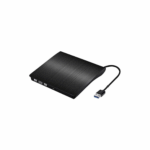
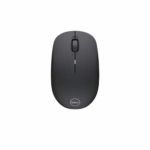

Reviews
Clear filtersThere are no reviews yet.